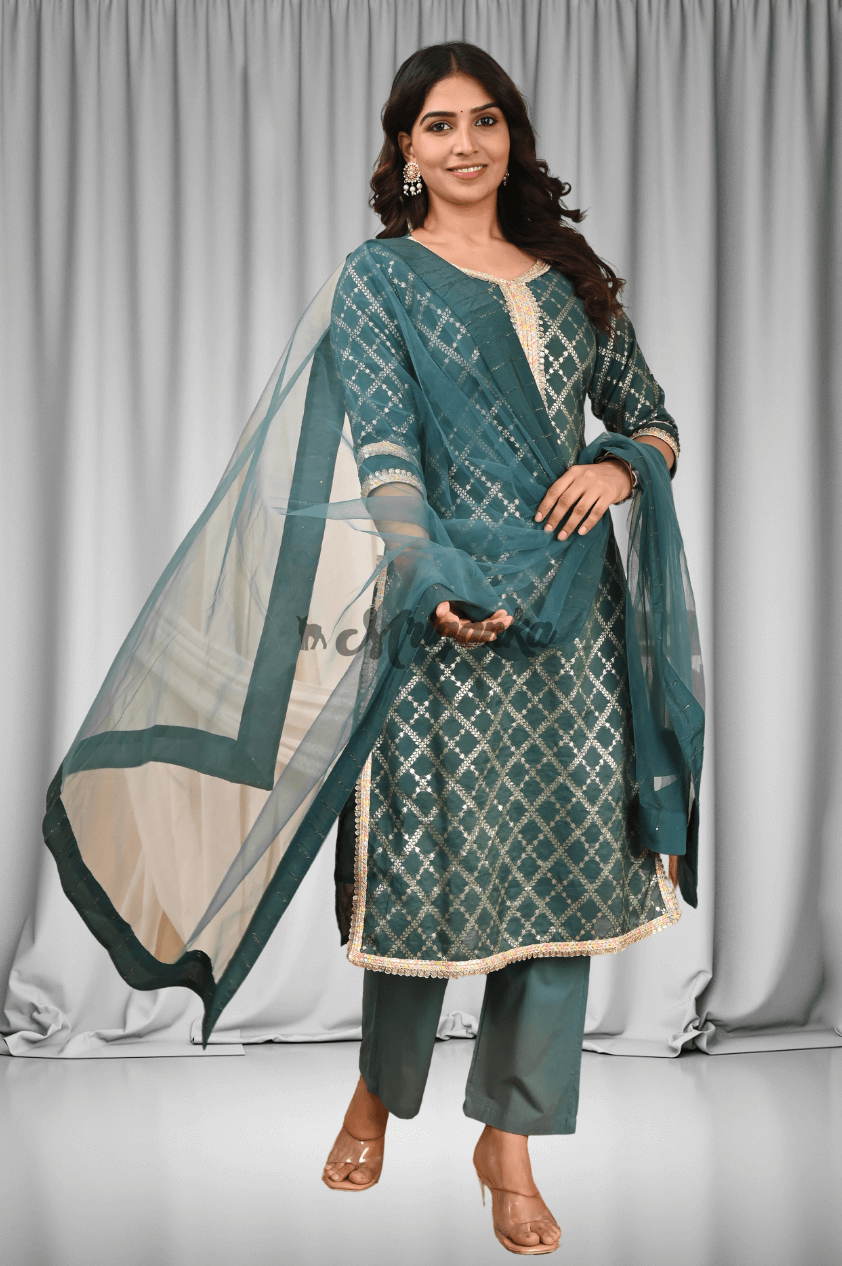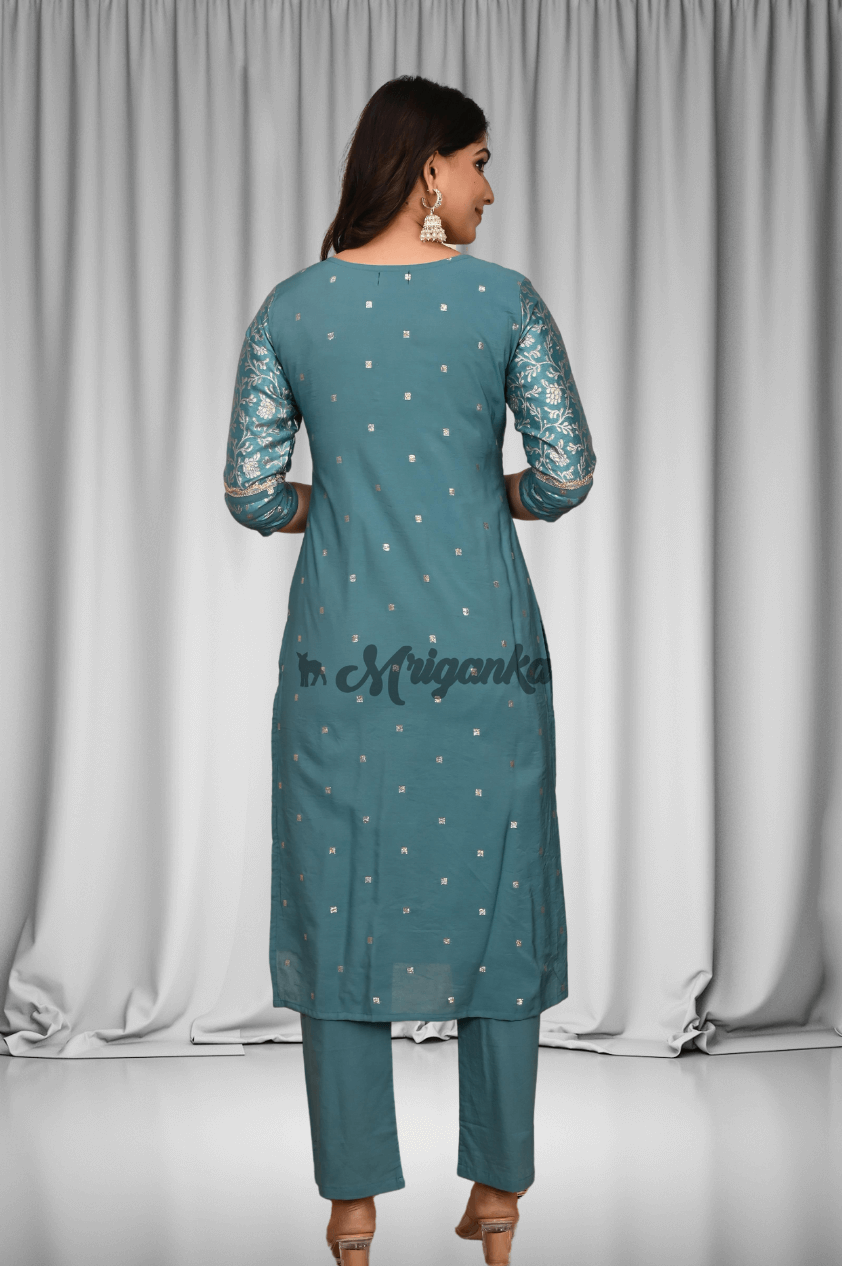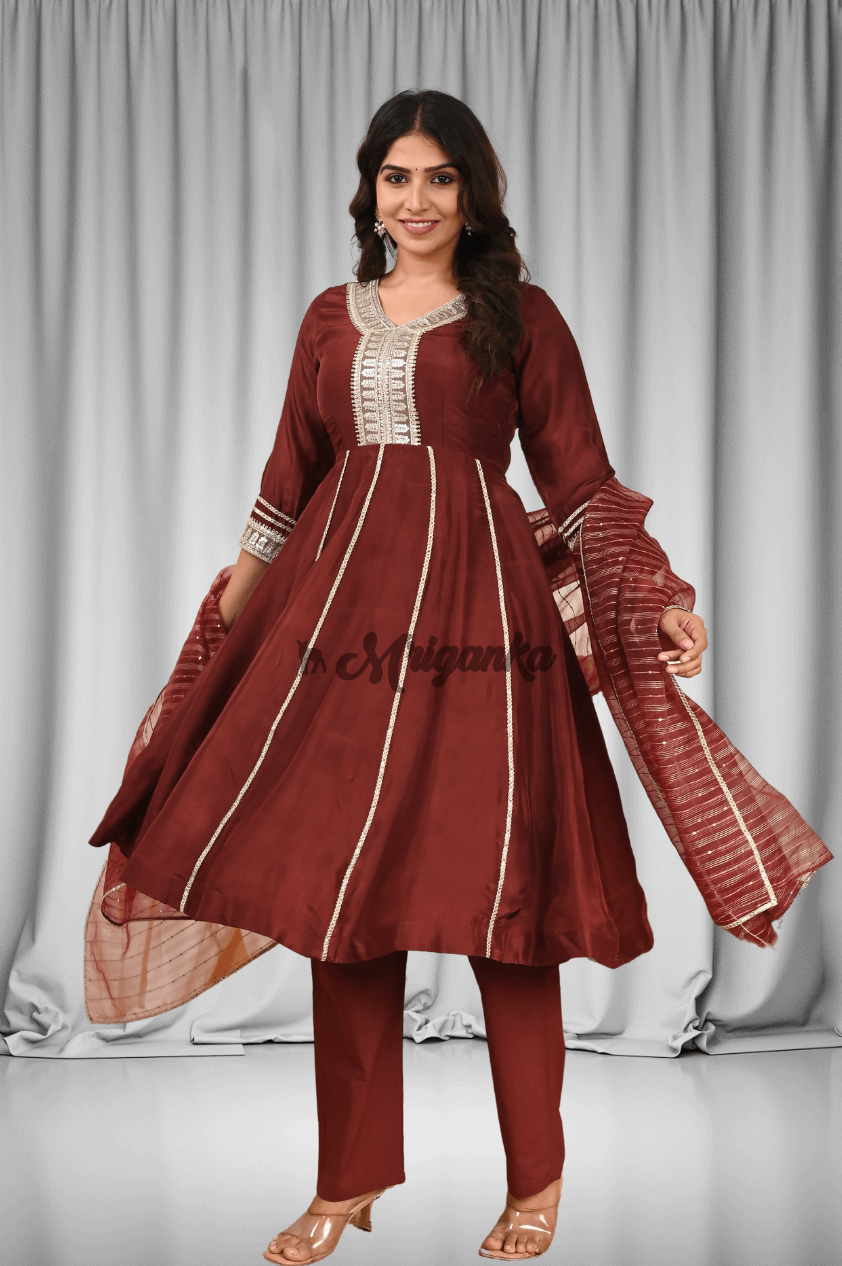The Evolution of Saree Fabrics Over Time
The Evolution of Saree Fabrics Over Time
Saree, a traditional Indian garment, has been worn for centuries and is a symbol of Indian culture, tradition, and elegance. The evolution of saree fabrics over time reflects the rich history and cultural significance of this iconic attire. From traditional handwoven textiles to modern innovations, saree fabrics have come a long way, weaving a story of craftsmanship, artistry, and creativity.
Traditional Saree Fabrics
Historically, sarees were made from natural fibers such as cotton, silk, and wool. These fabrics were handwoven by skilled artisans using traditional techniques passed down through generations. Each region of India had its unique style of weaving and dyeing fabrics, resulting in a diverse range of traditional sarees that were not only beautiful but also a reflection of the local culture and heritage.
Indian textiles have always been known for their intricate patterns, vibrant colors, and luxurious textures. Handwoven sarees such as Banarasi silk, Kanjeevaram silk, Chanderi cotton, and Paithani silk are some of the most famous traditional sarees that have stood the test of time. These sarees are not just garments but pieces of art that showcase the skill and creativity of the weavers.
Modern Saree Fabrics
With changing times and advancements in technology, the world of saree fabrics has also seen a transformation. Modern sarees combine traditional craftsmanship with contemporary designs, creating a fusion of the old and the new. Innovation in textile production has led to the creation of new fabrics such as georgette, chiffon, crepe, and satin, which are used to make lightweight and easy-to-drape sarees that are suitable for modern lifestyles.
Designers are experimenting with new materials, textures, and embellishments to create sarees that appeal to a wider audience. Embroidered sarees, printed sarees, and embellished sarees are all the rage in the world of Indian fashion, offering a fresh take on traditional attire. With the rise of online shopping and global fashion trends, sarees have undergone a makeover to cater to the needs and preferences of the contemporary woman.
Cultural Significance
The saree holds a special place in Indian culture and is worn on various occasions such as weddings, festivals, and formal events. It is more than just a piece of clothing; it is a symbol of tradition, grace, and femininity. Different regions of India have their traditional ways of draping a saree, each representing the unique cultural heritage of that place.
Indian women take pride in wearing sarees passed down from generation to generation, as they not only carry the memories of the past but also connect them to their roots. Sarees are also considered auspicious and are often worn during religious ceremonies and rituals. The intricate designs and motifs on sarees hold symbolic meanings and are believed to bring good luck and prosperity.
Saree Fabrics: Past, Present, and Future
The evolution of saree fabrics over time is a testimony to the enduring legacy of Indian textiles. Handwoven sarees will always remain a cherished symbol of artisanal craftsmanship and cultural heritage. Traditional sarees like Kanjeevaram, Banarasi, and Chanderi will continue to be the pride of Indian fashion, representing the timeless beauty and elegance of Indian women.
At the same time, modern innovations in textile production will pave the way for new and exciting saree fabrics that cater to the changing tastes and preferences of the modern consumer. Sustainable fabrics, eco-friendly dyes, and ethical manufacturing practices are becoming increasingly important in the fashion industry, making sarees not just a style statement but also a conscious choice for the environmentally aware consumer.
As we move towards a more globalized world, the saree will continue to evolve and adapt to the needs of the modern woman while staying true to its traditional roots. The future of saree fabrics is bright and limitless, offering a world of possibilities for designers, weavers, and fashion enthusiasts to explore and create.
The saree is more than just a garment; it is a story of craftsmanship, tradition, and culture. The evolution of saree fabrics over time reflects the rich history and cultural significance of this iconic Indian attire. From traditional handwoven textiles to modern innovations, saree fabrics have come a long way, weaving a tapestry of tradition and innovation, past and present, old and new.
As we continue to embrace the beauty and elegance of the saree, let us also celebrate the artisans, weavers, and designers who bring these fabrics to life, keeping alive the rich legacy of Indian textiles. Whether draped in a classic Kanjeevaram silk saree or a contemporary chiffon saree, the saree will always remain a timeless symbol of grace, style, and femininity.
Share this post:
















